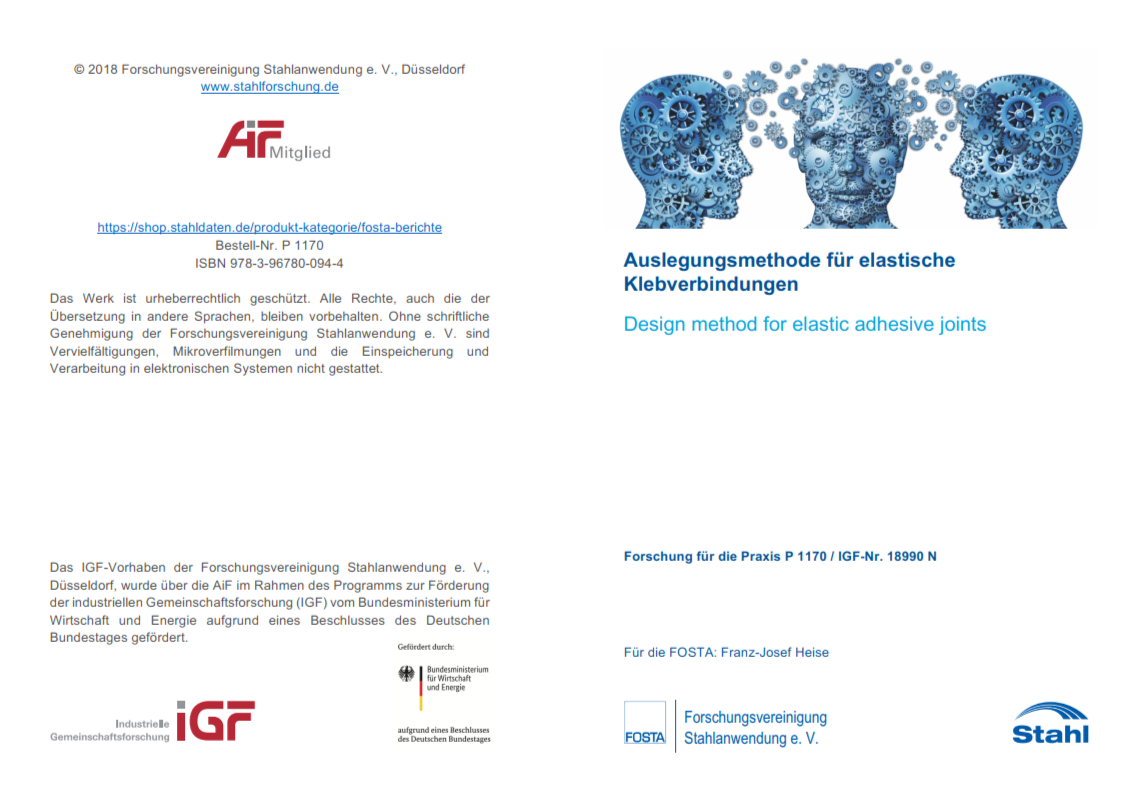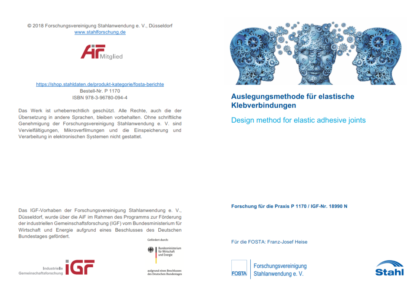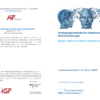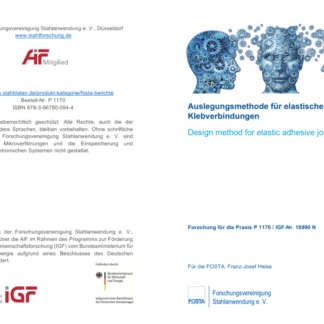Description
P 1170 – Design method for elastic adhesive joints
Δα problems, caused by the combination of steel frame structures with dissimilar materials with different thermal expansion coefficients, lead across all industries, that elastic adhesives are increasingly used. In Project P985 “Qualification of assembly adhesives” as well as in existing methods, the deformation-based design method was qualified as suitable to evaluate joints with elastic adhesive layers. However, this does not consider the time-dependent factors, such as the strain-rate- or frequency dependence in combination with complex environmental factors. The aim of the research project is the extension of a deformation-based design method for elastic adhesive bonds to the rate- and frequency dependence of the mechanical properties in consideration of the environmental conditions described by humidity and temperature. Based on the developed method in the project P985 “Qualification assembly adhesives” rate- and frequency-dependent material properties of the various polyurethane adhesives will be analyzed by taking into consideration of ambient temperature and humidity. Afterwards the results of these examinations will be implemented in the existing deformation-based design method. Due to incomplete design methods in terms of time-critical factors the positive effects of stress relaxation are underrated, especially in Low Cycle Fatigue. By a more holistic design method the potential of the adhesive joint can be improved. In addition, the understanding of elastic adhesive bonding can be improved, whereby the application area of these bonds can be increased.
Published in:
2018
Authors:
Prof. Dr.-Ing. G. Meschut




